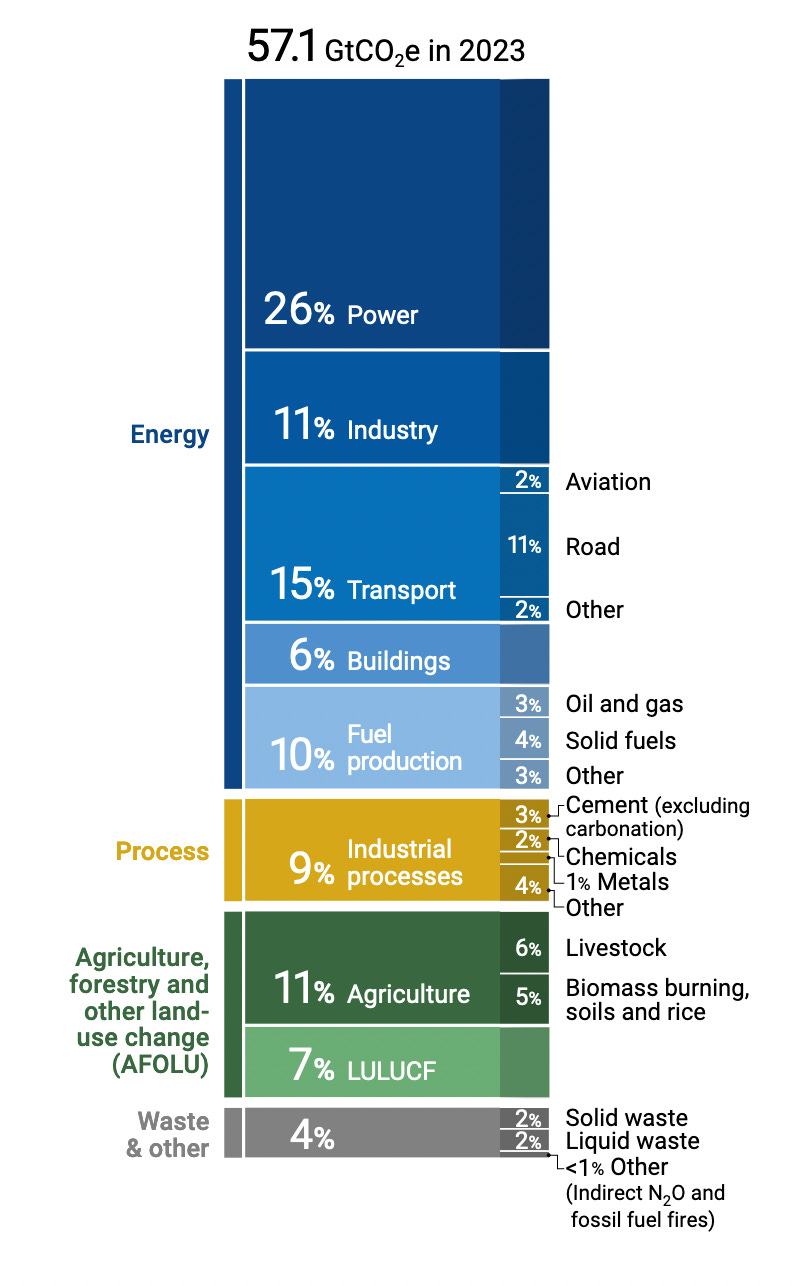Climate Change Campaign Newsletter
February 2025
Introduction
2024 was the first year to surpass the threshold of 1.5°C of warming
December, 2024
The UN Climate Change Conference (COP21) in Paris in 2015 set an ambitious goal: to limit global warming to 1.5°C above pre-industrial levels. The 195 signatory countries committed to doing everything possible to keep the increase in global temperatures “well below 2°C above pre-industrial levels” and to “pursue efforts to limit the temperature increase to 1.5°C above pre-industrial levels.” To achieve this, signatories pledged to accelerate the energy transition, protect carbon sinks, reduce greenhouse gas emissions, and provide financial assistance to countries in need.
Exceeding a 1.5°C increase will result in irreversible consequences. Permafrost will thaw, and this will accelerate sea-level rise and also global warming.
According to the Japan Meteorological Agency, average temperatures across the nation exceeded 2023’s record-breaking levels “by a significant margin.”

The news gets worse. A United Nations climate report made headlines in October with a stark warning: the planet is on track to heat by 2.6 to 3.1 degrees Celsius within the century.


Greenhouse gas emissions in 2023 by sector.
Source: U.N. Emissions Gap Report, data from Source: Crippa et al. (2024); Friedlingstein et al. (2023)

That will kill tens of millions of people from heat stroke, starvation, and disease. Vast portions of the globe will be made uninhabitable.

Many of Earth’s ‘vital signs’ have hit record extremes, indicating that “the future of humanity hangs in the balance”, a group of the world’s most senior climate experts have said. 25 of 35 vital signs in 2023 were worse than ever recorded, including carbon dioxide levels and human population.
Scientists are looking into the possibility of societal collapse. “Avoiding every tenth of a degree of warming is critically important,” the researchers said. “Each tenth places an extra 100 million people into unprecedented hot average temperatures.”
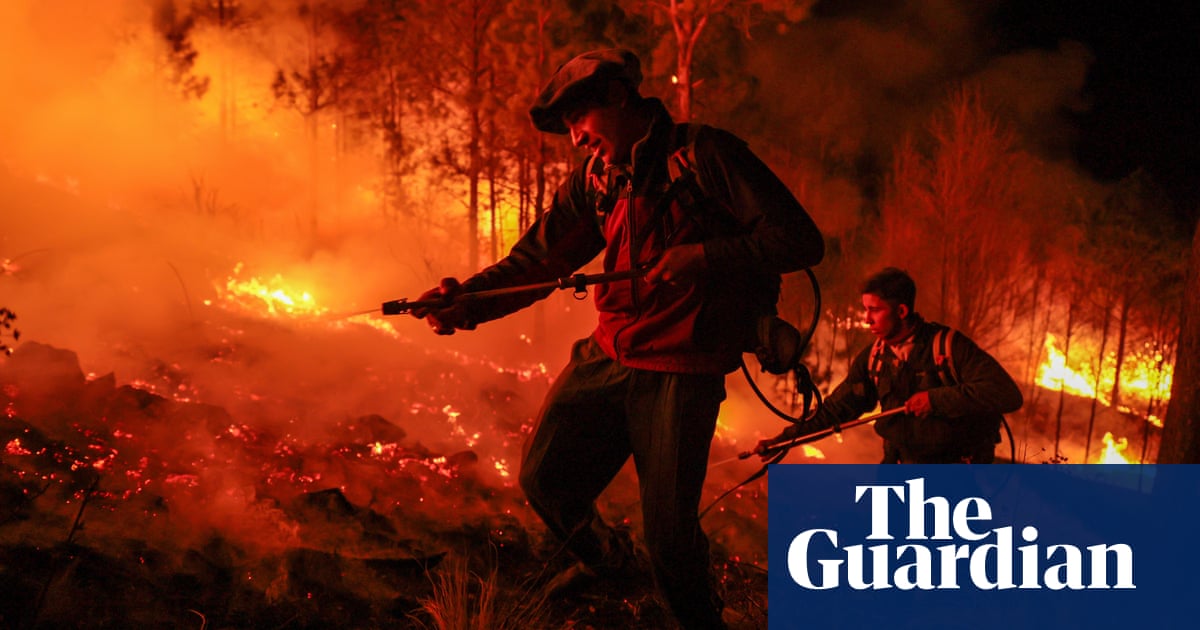
Already the effects of global heating/boiling are being felt. As I write fires are devastating Los Angeles. Wildfire risk is so great that at least a dozen of the largest property insurers, making up 80% of the Californian market, have withdrawn from offering wildfire coverage or have restricted new policies. In 2024, State Farm, the US’ largest property insurer, announced it would not be renewing about 72,000 policies in selected California postcodes deemed too risky to insure for wildfire.
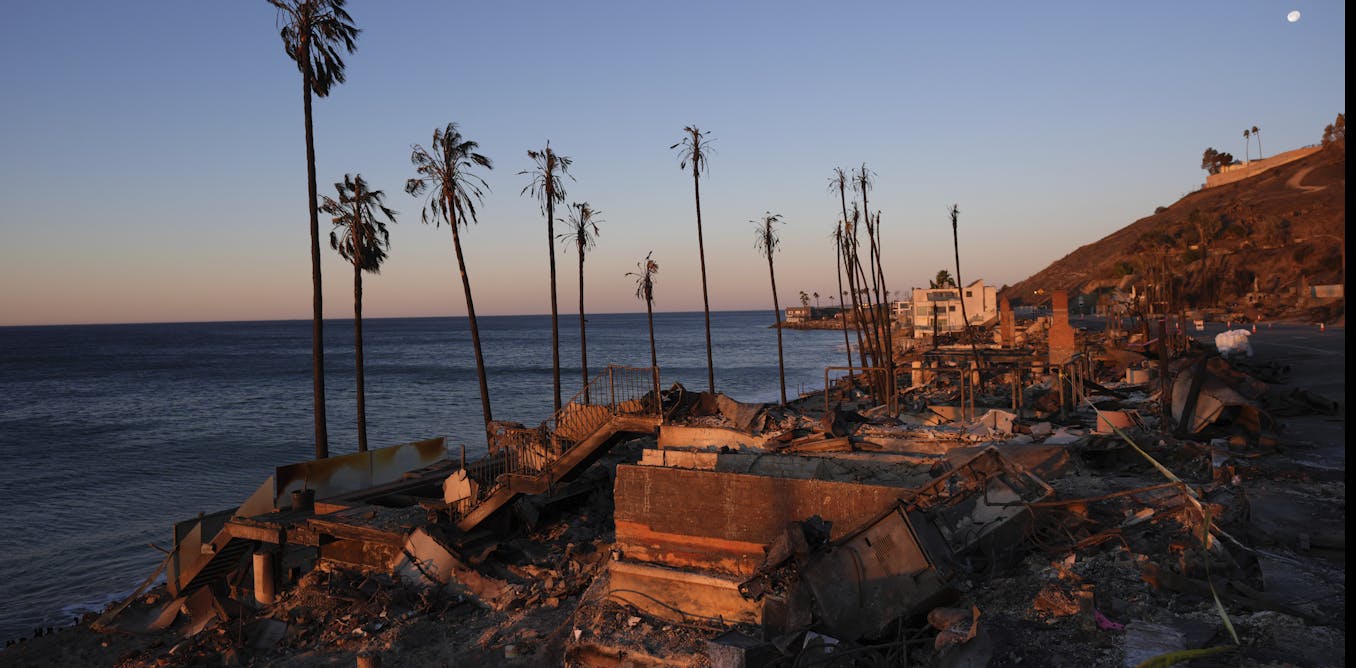
More than 1,300 Hajj pilgrims died last year when humidity and heat exceeded survivable limits.

Of the 54 countries facing severe debt problems, 28 are in the top 50 most climate-vulnerable nations in the world. Yet, in recent years, 70% of climate finance has been delivered in the form of loans, which has fed into a debt and climate vicious circle. Climate finance must be non-debt-creating.
These challenges are exacerbated by cuts to government public service investments, and food or energy subsidies due to high debt levels, further limiting their access to essential resources. Some of these austerity measures are being dictated by multilateral institutions like the International Monetary Fund (IMF) as conditionalities for countries that need access to climate action-related funds. This is the case of the Resilient Sustainability Facility (RSF), which on one hand provides finance to invest in energy transition and other climate resilience actions, while on the other is subject to fiscal consolidation imposed by IMF programme conditionalities.

The American Exploration & Production Council (AXPC), a fossil fuel trade group, plans to demolish climate policy and boost oil and gas production under Trump 2.0.

At least three environmental defenders were killed per week in 2023.
Carbon Rangers/Ecozoic Times
October 1, 2024
Vol. 17, No. 8
COP29 Positive
One of the key outcomes was the agreement to triple annual climate finance to $300 billion by 2030, with a goal of $1.3 trillion by 2035. While this is a step forward, it pales in comparison to the $2.4 trillion required annually to meet the needs of developing nations.
The operationalization of the Loss and Damage Fund offers hope for vulnerable countries. However, the $730 million promised is symbolic at best.
Progress on carbon market mechanisms under Article 6 of the Paris Agreement provides a pathway for reducing emissions, but ethical safeguards must be prioritized to ensure that these mechanisms benefit local communities rather than perpetuate exploitation.
COP29 Negative
Regrettably, the deal has fallen short of what is urgently required. Delegates from 200 countries struggled to reach a consensus on key issues. Delegates from oil giant Saudi Arabia repeatedly tried to block mention of fossil fuels across all of the negotiating streams.
Fr. Adindu Kachi, an observer from VIVAT International, called on religious congregations and Christian communities to promote socio-environmental justice in Africa, as only pressure from civil society can push governments and corporations to raise their ambitions to limit global warming through mitigation of carbon emissions, adaptation of economies to climate change, reparation for loss and damage already incurred in developing countries caused by climate change, and financing the energy transition away from fossil fuels.
JPIC Commission USG/UISG Nov – Dec 2024
JUSTICE, PEACE AND INTEGRITY OF CREATION COMMISSION USG-UISG

The JPIC Commission invites all people of goodwill to advocate for just policies, hold leaders accountable, and embrace lifestyles that promote sustainability and solidarity. We need to question ourselves and our communities, and organisations, as to what we are doing in regard to challenging in particular wealthy nations for their lack of support for reducing greenhouse gas emissions. What is my contribution towards supporting peoples who are the most vulnerable, and contribute the least to this, but are ultimately penalised the most?
It is important to keep on raising and supporting prophetic voices calling for:
— cancelation of unjust debts, to alleviate the immediate financial burden on African nations, — reform of financial institutions, to ensure fairer access to capital and resources and — end biased credit ratings, to promote transparency and equity in financial assessments.

Causes
Methane (a much more potent greenhouse gas than CO2) emissions are still rising.

Recent methane surges reveal heightened emissions from tropical inundated areas
December 2024
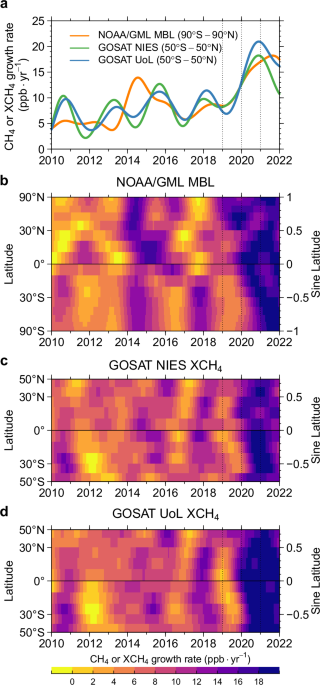
Climate finance from multilateral development banks
November, 2024
Climate finance from multilateral development banks is funding fossil fuels and highly polluting projects, and failing to prioritise the most climate-vulnerable countries, according to new research by international organisation Recourse published at the UN climate summit.
Countries in Europe received the largest share, 44%.

Miners razing forests to meet surging demand for metals and minerals
October, 2024
Effects
Hurricanes becoming so strong that new category needed
February, 2024

World’s rivers dry up at fastest rate for 30 years
October, 2024
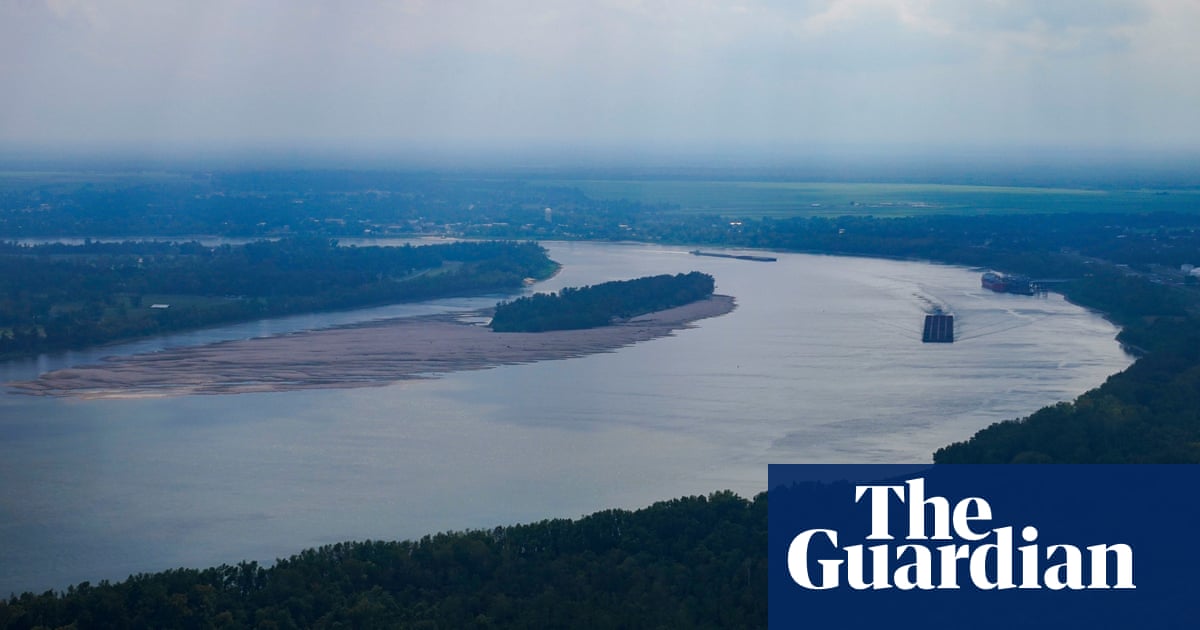
Amazon’s record drought driven by climate change
January 2024
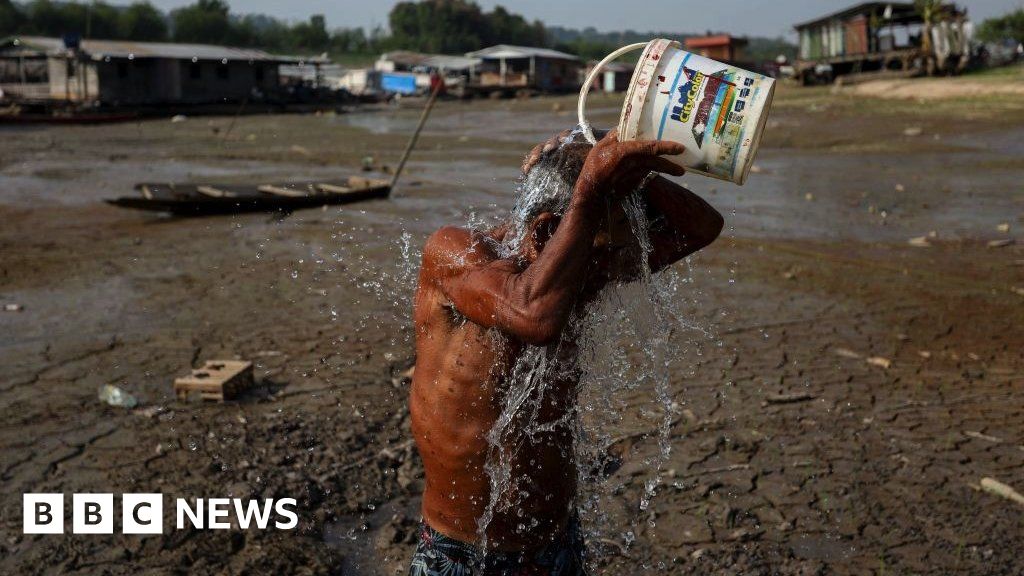
Chilean lithium, an El Dorado at the expense of the environment
February, 2024
The Chile-based company Soquimich arrived in the 1990s without the consent of the local population. Then it undermined the water resources of farmers, in this desert already among the driest in the world.
Photosynthesise impeded
January, 2025
Rising temperatures will severely affect the ability of tropical forests to photosynthesise. This will hinder their capacity to absorb carbon dioxide from the atmosphere, reducing their role in mitigating global warming and exacerbating climate change.
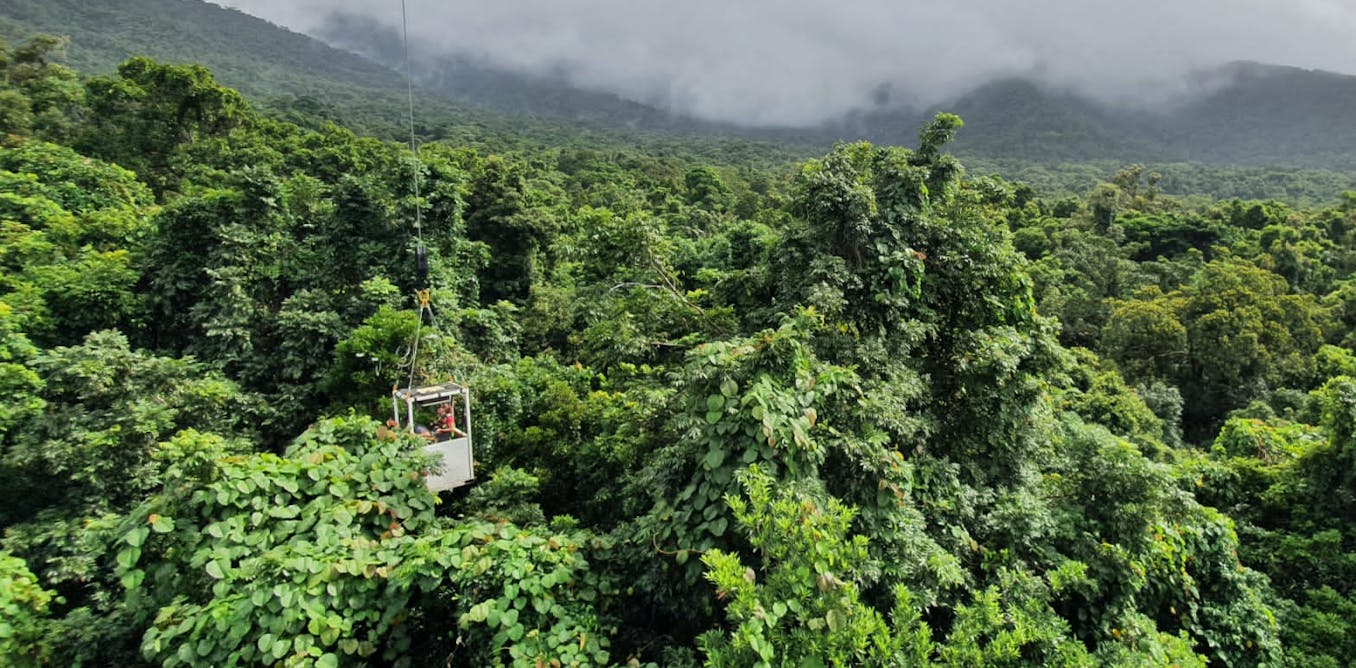
Climate change is making plants less nutritious − that could already be hurting animals that are grazers
December, 2024

Shrinking wings, bigger beaks: birds are reshaping themselves in a warming world
December, 2024

Plastic
Microplastics, found in everything from our drink bottles to clothes, have been linked to colon and lung cancer, an international study has shown.
Microplastics are plastics smaller than five millimetres, which are small enough to make their way to the bloodstream or be ingested unknowingly.
They are found in everything, including plastic containers, drink bottles, clothes and microfibres shed from car tyres.
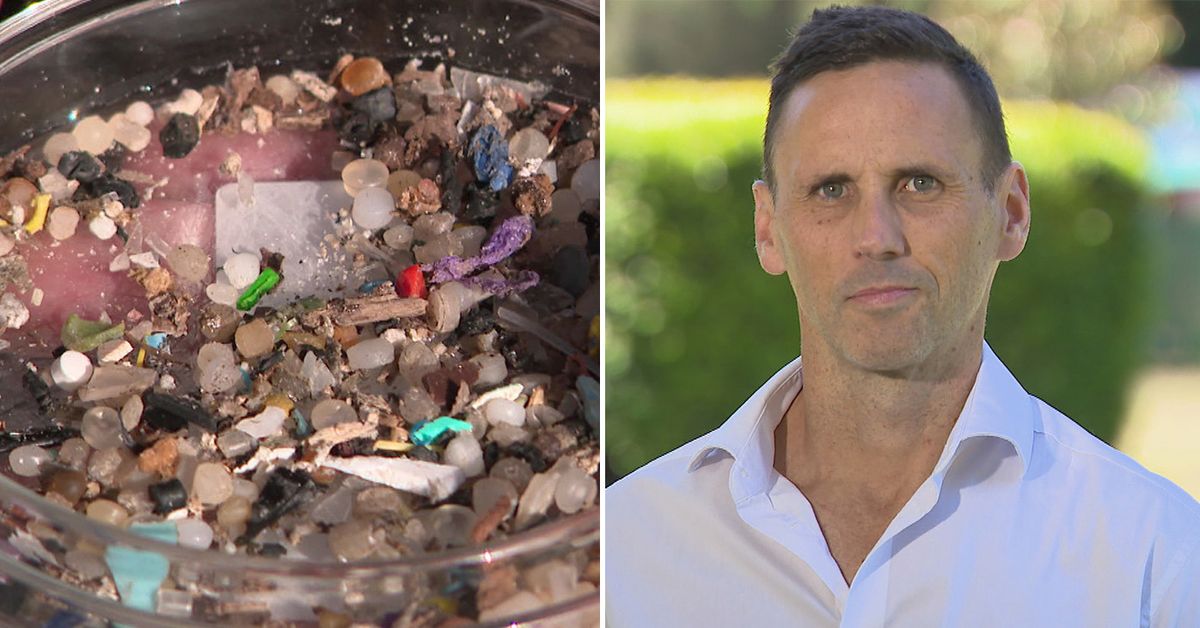
Renewable power and electric vehicles are getting cheaper, the grid is getting greener, and oil and gas companies are getting nervous. That’s why the fossil fuel giants are looking towards petrochemicals, and plastics in particular, as their next major growth market.

Japan researchers develop innovative technology to recycle mixed post-consumer plastics
January 4, 2025

Positive News
Solar installations shattered all records
Solar has become not just the cheapest form of new electricity in history, but the fastest-growing energy technology ever deployed, and the International Energy Agency said that the pace of deployment is now ahead of the trajectory required for net zero by 2050.
Carbon Rangers/Ecozoic Times
January 1, 2025
Vol. 18, No. 1
Peru Grants A Record Number Of Indigenous Land Titles
Between June 2023 and May 2024, 37 land titles were secured in the Peruvian Amazon. Land titles are proven to be the most effective way to protect Indigenous peoples’ land from deforestation, with titled land experiencing a 66% decrease in deforestation.
Carbon Rangers/Ecozoic Times
October 1, 2024
Vol. 17, No. 8
Basel eyes global bank disclosures tied to climate change risks
February, 2024
Banks worldwide will be required to disclose their exposure to climate change risks under rules expected to take effect in 2026.

Barbados completes world’s first debt swap for climate resilience
December, 2024
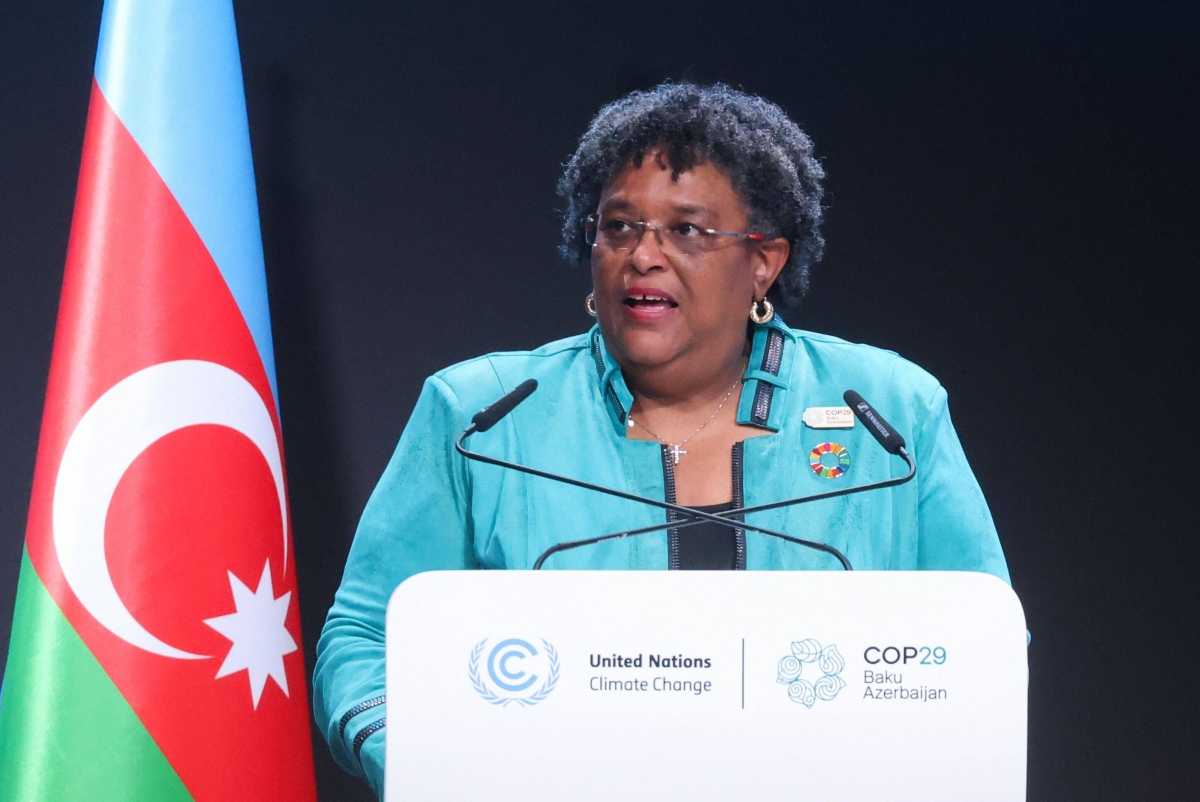
The Impoverished, Marginalized and Indigenous
Wind turbines are a huge problem for us Sami … whenever one wind turbine is put up, animals won’t go near, especially reindeer, in a 5 km diameter. Now we have planned in Sami areas, in reindeer grazing areas, the biggest wind power projects in Europe to date. It would be devastating. We have given land to mining, hydro-power and now we have to pay the price for climate change even though we are not the ones who have contributed to climate change. it’s the over consumption in the world, and capitalism that’s driven this madness.
This is not a just transition. We have to give up our livelihoods, our culture and our future.
Whose planet? The climate justice podcast


Disabled people make up 15% of the global population. They are often scapegoated for their use of straws, single-use plastic, electrical equipment, etc.
We need to consult disabled people: cf bans on single-use plastic, bans on cars, etc.
Whose planet? The climate justice podcast

Colonialism’s legacy has left Caribbean nations much more vulnerable to hurricanes
October, 2024
The colonial powers changed how Caribbean people interacted with the land, where they lived and how they recovered from natural hazard events.
Rather than growing crops that could sustain the local food supply, the Europeans focused on exploitative extractive economic models and export cash crops through the plantation economy.
They forced Indigenous people off their lands and built settlements along the coast, which made it easier to import enslaved peoples and goods and to export cash crops such as sugar and tobacco to Europe – and also left communities vulnerable to storms. They also developed settlements in low-lying areas, often near rivers and streams, which could provide transportation for agricultural produce but which became flood risks during heavy rains.
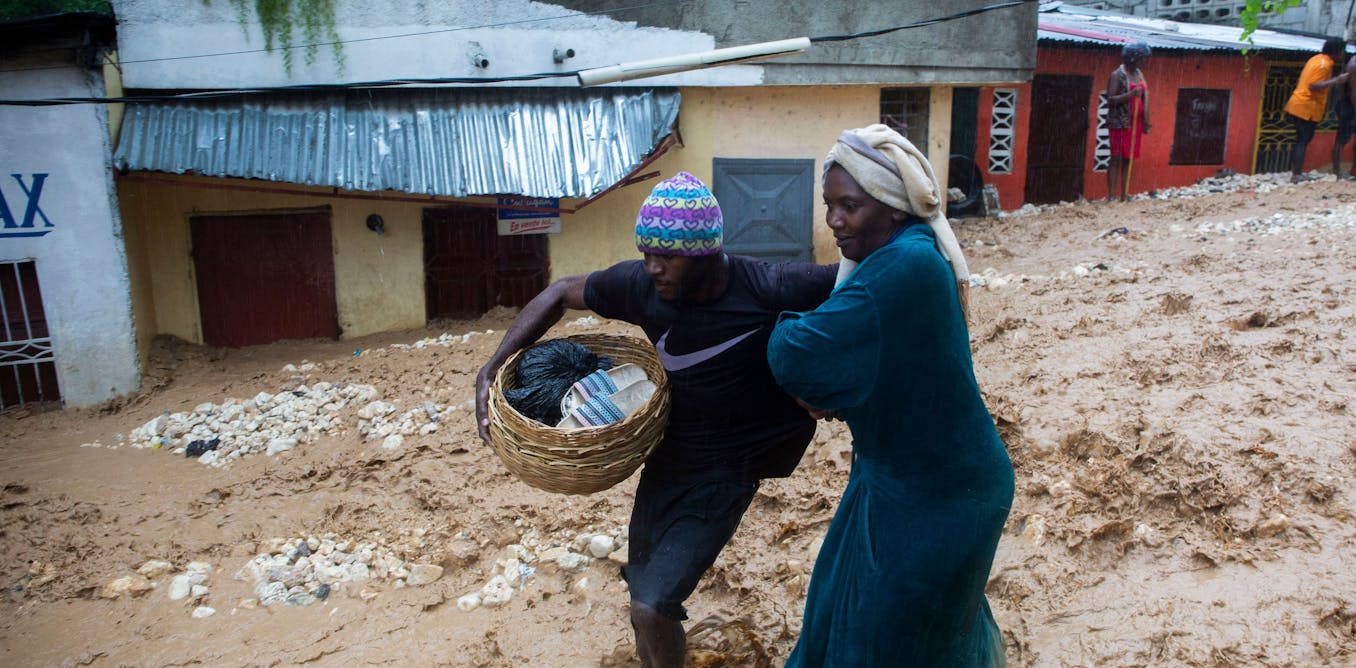
Panama’s Guna people forced to move as the sea swallows their island
November, 2024

Droughts in Zimbabwe Take Toll on Wildlife, Cause More Clashes with people
November, 2023
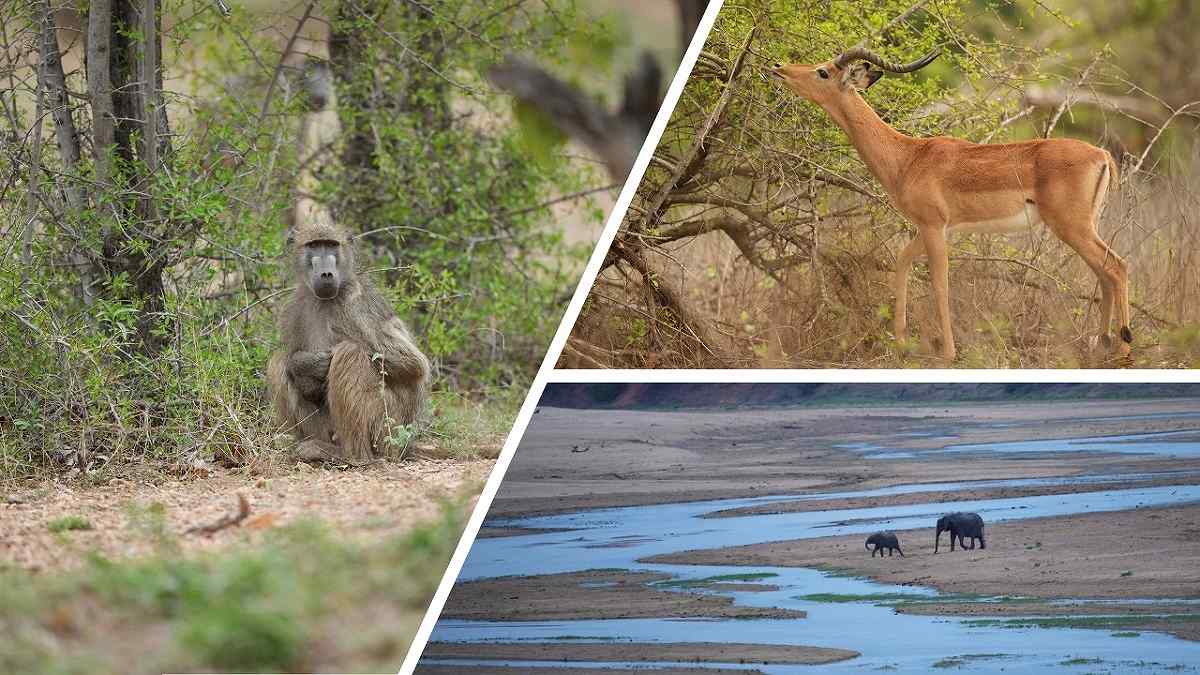
In Tanzania, Lake Victoria residents suffer from rising waters
December, 2024
How a Kenyan schoolgirl fell in love with trees
October, 2024
Ellyanne Wanjiku Chlystun was just four years old when she was motivated to act on the issue with her inspiration coming from Kenya’s most-famous tree planter and Nobel laureate, Prof Wangari Maathai.
[photo: https://oceanriskalliance.org/team/ellyanne-wanjiku-chlystun/
“I was doing a project in kindergarten about people who had made a difference in the world, such as Martin Luther King, Nelson Mandela and Florence Nightingale.
“However, it was Wangari Maathai, this amazing Kenyan woman, who had planted millions of trees in her community to spread awareness about what tree planting can do, and how it can develop a country or continent, who inspired me.”
Prof Maathai championed the view that women, especially in rural areas, could improve the environment by planting trees to provide a fuel source and to slow deforestation and desertification.
She became the first black African woman to win a Nobel Peace Prize in 2004, and was also referred to as the first “green” Nobel laureate.
Prof Maathai founded The Green Belt Movement in 1977. It planted an estimated 45 million trees in Kenya by the time she died in 2011.
“I remember at the time eating either an orange or lemon and I took the seed… and put it in the soil and then it started growing and sprouting,” adds Ellyanne.
“I fell in love with what I was doing, so I planted more.”
This motivated her to learn about the science behind trees.
With the help of her family, Ellyanne launched a not-for-profit organisation, Children With Nature, in 2017.
“Through Children With Nature, I wanted to teach kids. Some of them don’t know how they can make a difference in the area they live in,” Ellyanne says.
She says that she had personally planted about 250,000 trees by 2020, but had built a “community” of tree-lovers – not just in Kenya but also abroad – and together they had crossed the 1.3 million mark.
On how she juggles her time between going to school and being a globe-trotting campaigner, the 14-year-old replies: “School has been very easy for me and I have excellent grades. I’m very proud of myself and so is my mum.”
“My greatest dream is to plant trees in Africa’s Green Belt,” Ellyanne says.

Farmers grapple with soaring heat in India’s ‘Land of Spices’
November, 2024
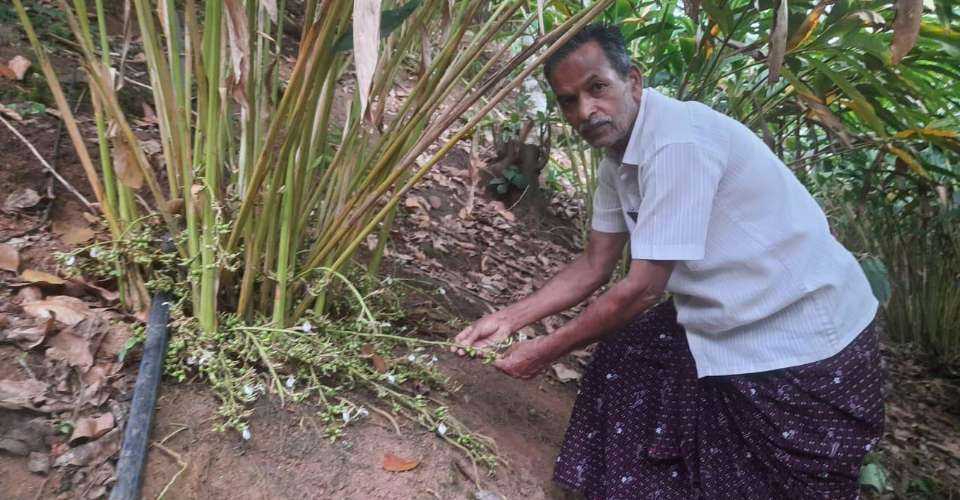
‘I feel dizzy but I can’t stop’: global heating is already making Indian kiln workers’ lives unbearable.
December, 2024

Pakistan’s fisherfolk battle hostile climate
November, 2024
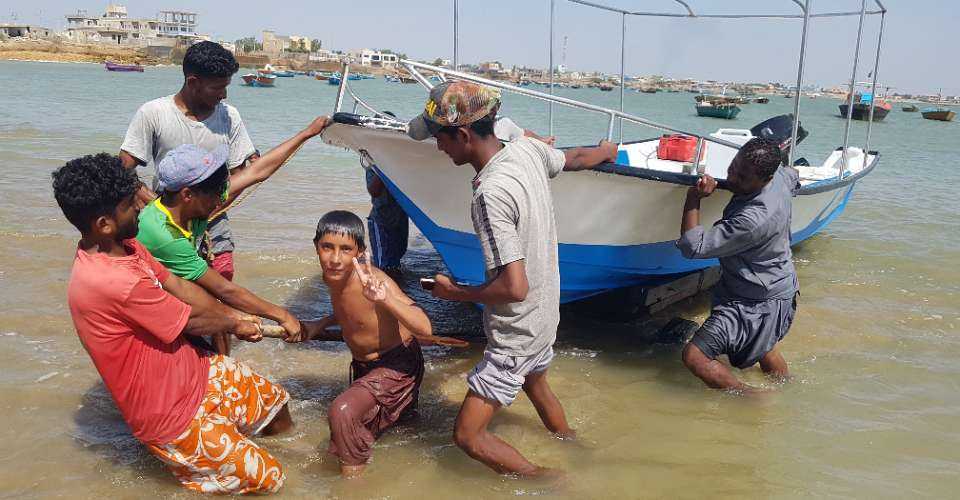
Domestic violence is cost of climate change for Sri Lanka women
February, 2024

Vietnamese farmers struggle to survive amid a changing climate
October, 2024
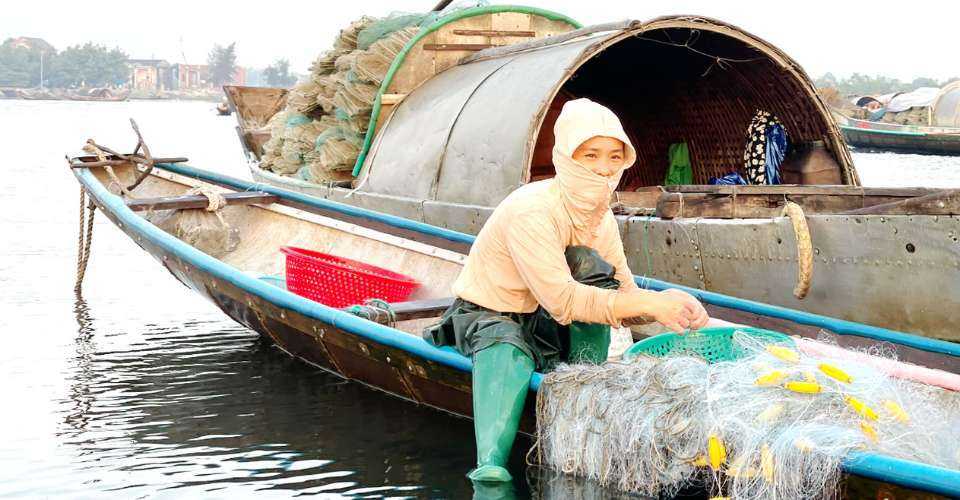
Technology
“Let’s get real about EVs’ environmental impact”
February, 2024
“EVs are supposed to be environmentally friendly, but they are causing environmental problems, and that is a reality that is probably difficult for companies to say if they are aware of it,” says Toru Okabe, a professor and the director of the University of Tokyo’s Institute of Industrial Science.
EV batteries and motors contain larges quantities of rare metals. The process of mining the ores from underground and extracting useful metal produces vast amounts of harmful material. Japan imports only “clean” product from which harmful substances have been removed, but we need to recognize the environmental risks upstream.
There is little debate about the harm that comes during resource extraction and refining processes. You generate hundreds of times as much waste just to make one vehicle.
I believe it will be difficult to establish environmentally responsible energy technology that is feasible in terms of costs in the next two or three decades.

Japan
Japan’s energy plans endanger real climate solutions (excerpts)
Hirata Kimiko, executive director of Climate Integrate
January, 2025
In December, the Japanese government approved a draft that set weak targets for reducing greenhouse gas emissions — a 60% cut from 2013 levels by 2035 — and showed its determination to continue using fossil fuels and nuclear power in the 7th Strategic Energy Plan.
This policy direction does not align with the urgent need to prevent severe climate change and falls short of the responsibilities of an advanced country like Japan.
The was a huge number of governmental committee meetings in 2024, too many to keep track of, but the outcomes were largely predetermined.
The unfortunate reality is that, in Japan, there is a lack of political leadership championing more ambitious climate goals.
The government has reversed its previous commitment to reducing reliance on nuclear energy, made after the 2011 Fukushima accident, and approved the construction of new reactors. This is a huge policy shift, but one taken in the absence of public debates, hearings and consultations.
The lack of commitment to phasing out coal contradicts the agreements made at the Group of Seven summit last year, which aim to “transition away from fossil fuels” and “achieve a fully or predominantly decarbonized power sector by 2035.”
In contrast, renewable energy in Japan has not received the necessary support and attention.
The model scenario used by the government made assumptions that favor fossil fuels and nuclear power, suggesting that renewable energy would be costly due to additional expenses associated with managing intermittency, such as batteries and grid developments — regardless of the various methods available to flexibly manage daily and seasonal fluctuations to mitigate these costs.
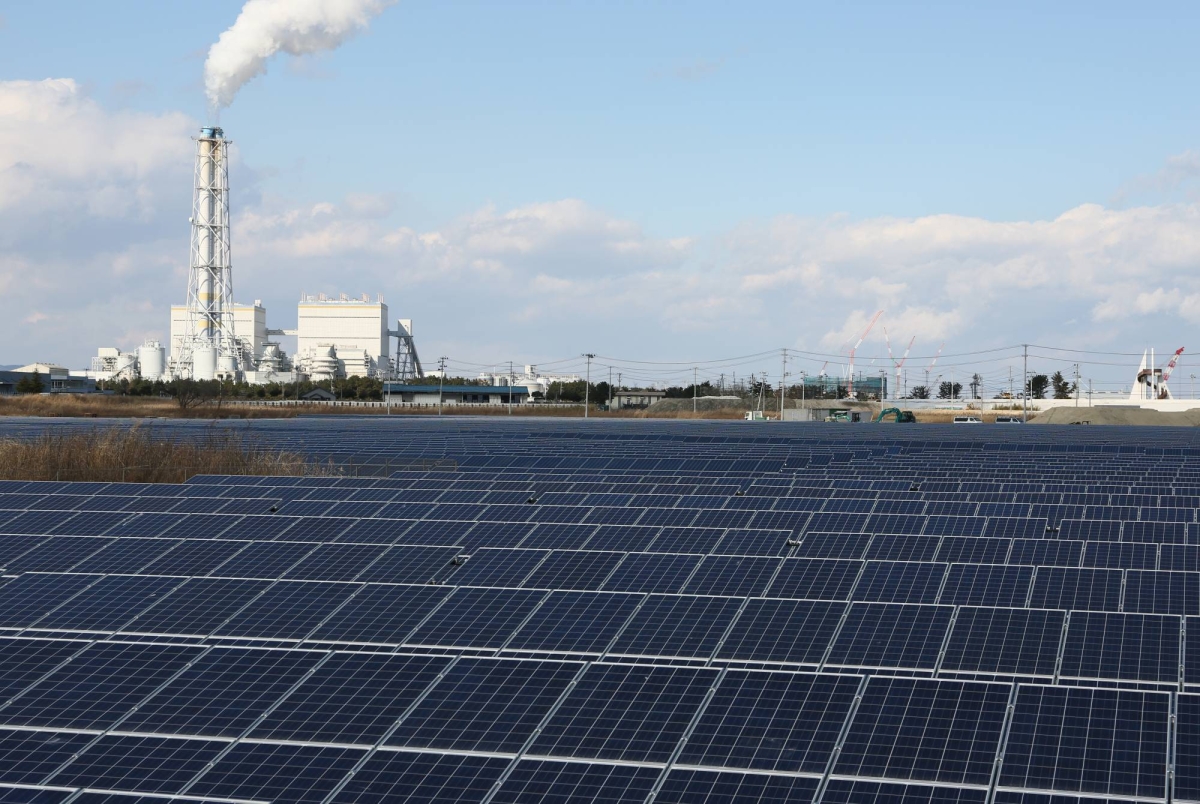
ASEAN estimates that its transition to carbon neutrality could unlock business opportunities worth between $3 trillion and $5.3 trillion by 2050. This presents Japan with an opportunity to sell its innovative technologies while promoting their commercialization domestically. These technologies include next-generation thermal power that blends hydrogen or ammonia with fossil fuels, eliminating CO2 emissions during combustion; carbon capture, utilization and storage (CCUS) for burial, or reusing captured CO2; and synthetic fuels made from hydrogen and carbon.

Power Generation Cost Verification Working Group
December, 2024
The Power Generation Cost Verification Working Group presented the results of cost estimation by power source. The generation cost of commercial solar power increased significantly when the ratio of variable renewable energy in the installed capacity was increased from 50% to 60%, suggesting that it is cost-optimal to reduce the ratio to about 50%.
DeepL translation
A decarbonized ASEAN is also crucial to maintaining Japan’s vital supply chains. With 30% of Japanese companies’ overseas subsidiaries located in the region, ASEAN serves as a critical global export hub for Japanese manufacturers. However, measures like the European Union’s carbon border adjustment mechanism, which imposes a tax on imported goods based on their carbon emissions, could signal the start of higher trade barriers for carbon-intensive products. Delays in ASEAN’s decarbonization could thus pose a serious threat to Japan’s economy.

Interest in developing offshore wind projects is declining in Japan on concerns about profitability amid rising prices and labor shortages. The fading interest was seen in a third round of bidding on offshore wind projects Tuesday by the economy and trade ministries.

As Japan makes major investments in wind power, some residents are pushing back
January, 2024
Ishikari is attracting offshore wind power projects, whose development, activists fear, will lead to irreversible environmental damage.
“The Ishikari Bay area is a route for migratory birds in spring and fall, and there is concern about the wind turbines leading to bird strikes,” says Naoko Kasuya, co-director of an Ishikari citizens group that opposes the construction. “There are also worries about the loss of abundant fishery resources, especially the impact the turbines would have on fishermen along the coast.”
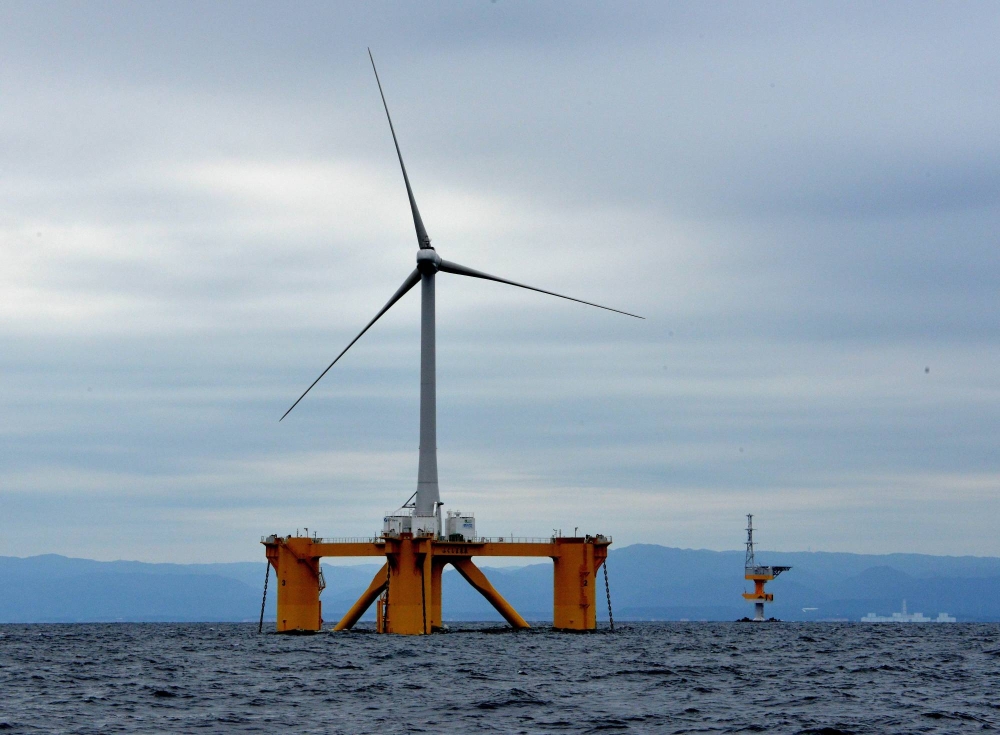
Japanese youth sue utilities
October, 2024
A group of 16 Japanese young people will sue some of Japan’s biggest utilities in court proceedings starting next week to argue that youth has a fundamental human right to be protected from extreme weather caused by climate change.

Japan’s Mitsubishi Chemical to slash solar panel recycling costs 20%
October, 2023
Mitsubishi Chemical Group has developed technology that recycles glass and metals from solar panels, reducing costs by 20% to 30%, Nikkei has learned, in what could become a link in Japan’s sustainable renewable energy efforts.

Japan eyes next-gen solar power equivalent to 20 nuclear reactors
December, 2024
The Japanese government is planning to generate some 20 gigawatts of electricity, equivalent to the output of 20 nuclear reactors, through thin and bendable perovskite solar cells in fiscal 2040.
Catholic
Positive
27 religious groups, including dioceses, managing $3 trillion globally, have divested from fossil fuel investments.
November, 2024
Sisters of St. Joseph of Tarbes in Kenya win sustainable development award
Sr Josephine Kwenga
January 22, 2024
In Kenya, the agricultural sector is a source of livelihood, employment, income, and food security for more than 80% of the Kenyan population.
Despite its crucial role, the dynamics of poverty are reshaping the landscape, with 46% of the population living on less than US$1 a day, 36% facing food insecurity, and 35% of children under 5 experiencing chronic malnutrition.
Climate change exacerbates the challenges faced by farmers, particularly those accustomed to rain-fed farming systems. Many are compelled to migrate to dryer and more marginal areas, increasing their vulnerability to drought and unpredictable weather patterns.
Sr Josephine Kwenga decided to promote regenerative agriculture, specifically through the practice of permaculture.
“I assembled a team of 12 like-minded farming partners to scale up our efforts, reaching more farmers in different villages across Kenya.”
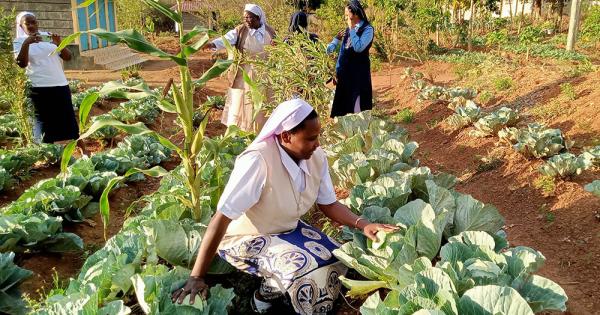
Filipino bishop urges faith-driven climate action
Warns against superficial fixes overshadowing deeper systemic changes to combat rising temperatures
November, 2024
Filipino bishop Gerardo Alimane Alminaza has emerged as a leading voice advocating for faith-based solutions to climate challenges, stressing the role of faith communities in fostering global unity.
Bishop Alminaza joined the discussions on the sidelines of COP29 as vice-president of Caritas Philippines and the representative of the national bishops’ conference for integral ecology.0
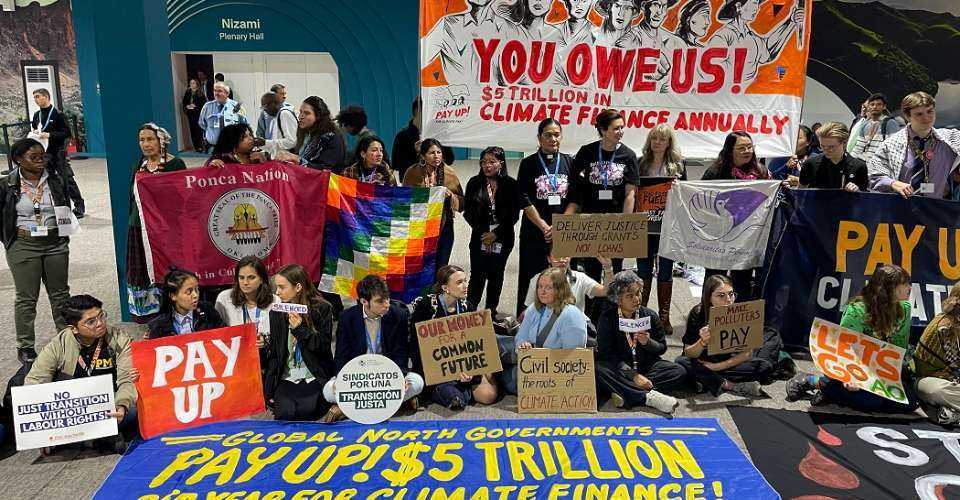
Pope’s point man on ecology goes to West Africa to boost ‘Green Church’ project
Cardinal Michael Czerny, head of Vatican mega-office for social issues, makes four-day visit to Benin to encourage local Church’s program to protect “our common home”
January, 2024
“Green Church” program in Benin to adopt Dominican friar’s pioneering “zero waste” agricultural system
January, 2024
The archdiocese of Chicago switched its nearly 400 parishes, schools and offices to 100% renewable electricity.
The Tablet 13 January, 2024
Our Lady Queen of Peace parish in Virginia hosted an electric vehicle car show, allowing their parishioners who own EVs to showcase them.
Catholic Climate Covenant November Newsletter 2024
27 U.S. dioceses have enrolled in the Laudato Si’ Action Platform (LSAP) and committed to a seven-year sustainability journey.
Catholic Climate Covenant November Newsletter 2024
A significant early-century experience involved a delegation from Caritas Luxembourg, which visited Bangladesh’s southern coastal areas, severely impacted by climate change. During a pre-departure meeting at Caritas Bangladesh’s Dhaka office, some delegates were skeptical about the severity of the impacts. After a three-day visit to Satkhira, a coastal district, and discussions with local communities, their perspective shifted. Moved by the plight of the affected villagers, they mobilized funds for safe shelter and livelihood support. This visit highlighted a crucial lesson: witnessing the impacts firsthand can transform skepticism into meaningful engagement.
Quarterly Newsletter of the River Above Asia Oceania Ecclesial Network (RAOEN)
Negative
At COP29 the Vatican joined countries like Russia and Saudi Arabia in opposing the inclusion of language addressing gender-specific issues, in order to to protect its doctrine on gender. This contributed to the paralysis of COP29.
December, 2024
Statistics
Food contributes about 1/3 of all climate change emissions. This includes clearing land for agriculture, deforestation, raising animals, producing crops, processing, transportation, packaging, cooking food and waste. The one that’s often overlooked is the way we prepare our food. For some foods cooking would be the largest contribution to climate change, even bigger than producing the food itself. The worst way to cook food for climate change is in the oven: e.g., baking a potato.
The artificial secret behind “natural food”
SOURCE: ABC Radio National
PROGRAM: FUTURE TENSE
20 December, 2024
UNEP estimates that 8% to 10% of global greenhouse gas emissions are associated with food that is not consumed. As it says, “If food loss and waste were a country, it would be the third biggest source of greenhouse gas emissions.”

The oceans have absorbed about 1/3 of the carbon we have emitted, and over 90% of the excess heat we have generated by burning fossil fuels.
What If We Get It Right?
October, 2024
(Ayana Elizabeth Johnson)

